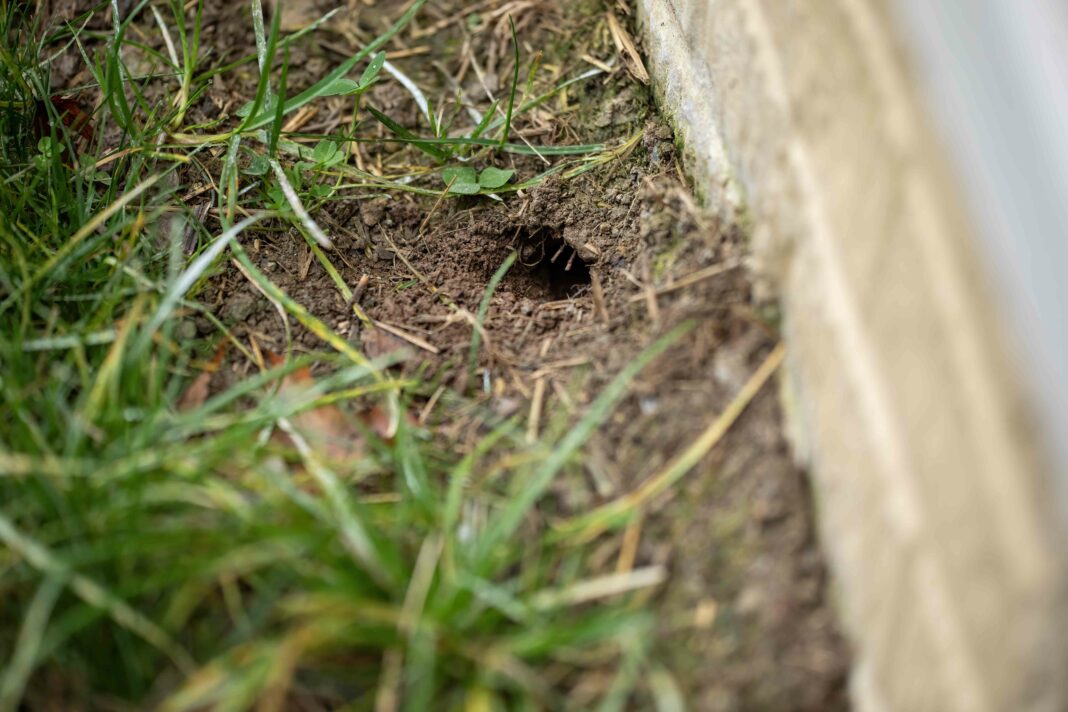Holes in Your Yard, But No Mounds? 8 Causes and What to Do About Them
Introduction
Are you noticing mysterious holes in your yard but no mounds of dirt nearby? This can be a puzzling sight for many homeowners, as typically, holes with mounds are associated with burrowing animals like moles or gophers. However, if you’re seeing holes without mounds, there could be other factors at play. In this article, we’ll explore eight possible causes of holes in your yard with no mounds and offer solutions for addressing them.
1. Insects
One common cause of holes in your yard without mounds is insects. Ground-nesting insects like ants, cicadas, and beetles can create small holes as they burrow underground. These holes may not always be accompanied by mounds of dirt, making them harder to spot.
2. Earthworms
Earthworms are beneficial for your soil, but they can also create holes in your yard without leaving behind mounds. These holes are typically smaller and more uniform in shape compared to those made by burrowing animals.
3. Voles
Voles are small rodents that are often mistaken for mice. They create shallow runways underground that can lead to small holes in your yard. While voles may not always leave behind visible mounds of dirt, the holes they create can still be a nuisance.
4. Sinkholes
Sinkholes can occur when underground caverns or water pipes collapse, creating sudden holes in your yard. These holes may not be accompanied by mounds of dirt, as the material collapses into the ground below.
5. Watering Issues
Improper watering can also lead to holes in your yard. Overwatering can cause the soil to become saturated, leading to the formation of sinkholes or other depressions in the ground. These holes may not have mounds of dirt around them, as the excess water seeps into the soil.
6. Tree Roots
Tree roots can also be a cause of holes in your yard without mounds. As tree roots grow and spread underground, they can create voids in the soil that eventually collapse, leading to holes in your yard. These holes may not always be immediately visible but can pose a danger to the stability of your yard.
7. Underground Drains
If you have underground drains or piping on your property, leaks or collapses in these systems can create holes in your yard without mounds. These holes may be larger and deeper than those created by insects or rodents and may require professional assistance to repair.
8. Natural Erosion
Natural erosion processes can also lead to holes in your yard without mounds. Over time, wind and water can wear away at the soil, creating depressions or holes in your yard. While this is a natural process, it can be exacerbated by improper drainage or landscaping practices.
What to Do About Holes in Your Yard
Once you’ve identified the cause of the holes in your yard, there are several steps you can take to address the issue:
- For insect infestations, consider using insecticides or calling in a professional pest control service.
- To deter voles, you can remove their food sources (like plant roots) and create barriers to prevent them from accessing your yard.
- For sinkholes or water-related issues, addressing the underlying drainage problem is crucial. Consulting with a landscaping or drainage expert may be necessary.
- Inspecting and addressing tree root issues can prevent further holes from developing in your yard. Trim back tree roots that are encroaching on your yard or consider installing root barriers.
- For underground drain issues, contact a plumber or contractor to assess the extent of the damage and make necessary repairs.
- Implementing erosion control measures like planting ground cover, installing retaining walls, or creating swales can help prevent further erosion and holes in your yard.
Conclusion
Holes in your yard without mounds can be a frustrating and unsightly problem for homeowners. By identifying the cause of the holes and taking appropriate action to address the issue, you can restore the beauty and stability of your yard. Whether it’s insects, voles, sinkholes, or erosion, there are solutions available to help you reclaim your outdoor space.
FAQs
Q: How can I tell if the holes in my yard are caused by insects?
A: Insect holes are typically small and uniform in shape, with no visible mounds of dirt around them. You may also notice insect activity like ants or beetles near the holes.
Q: Should I be concerned about sinkholes in my yard?
A: Sinkholes can pose a danger to the stability of your yard and should be addressed promptly. Consult with a professional to assess the extent of the sinkhole and determine the best course of action.
Q: Can tree roots cause holes in my yard?
A: Yes, tree roots can create voids in the soil that lead to holes in your yard. Inspecting and addressing tree root issues can prevent further damage to your yard.




